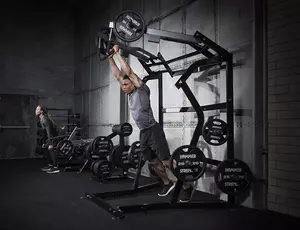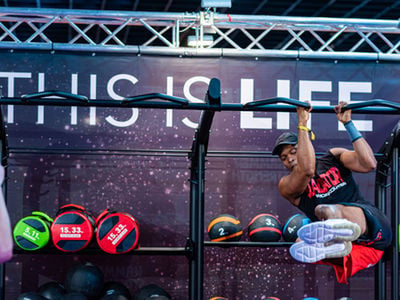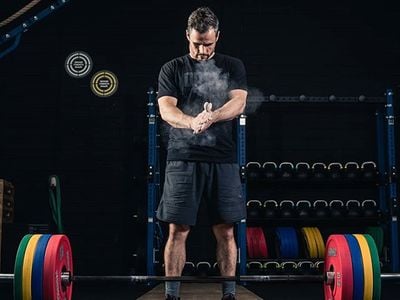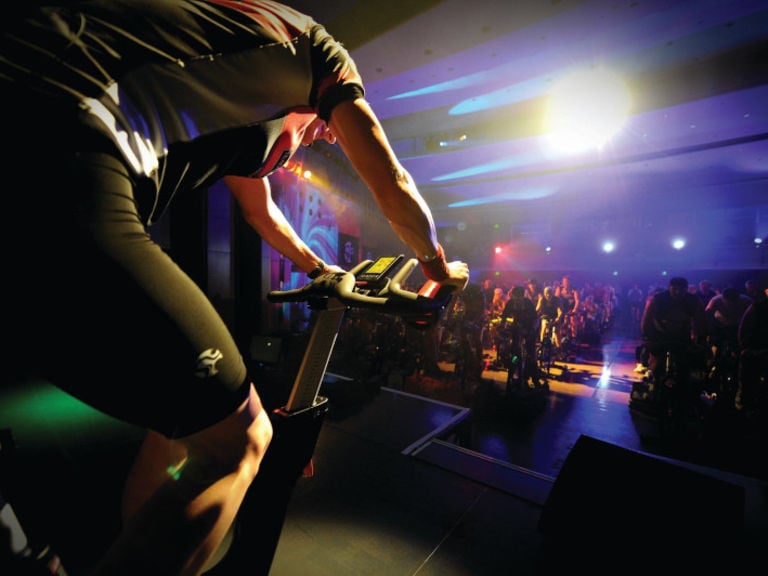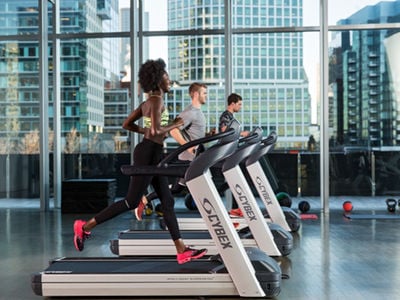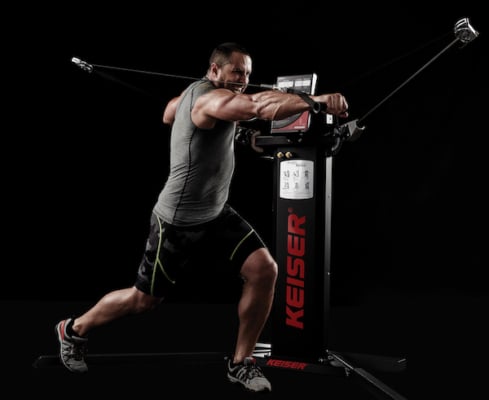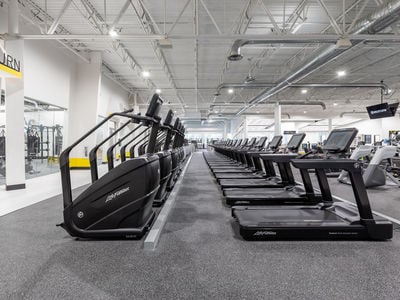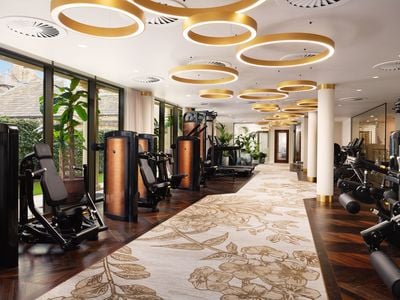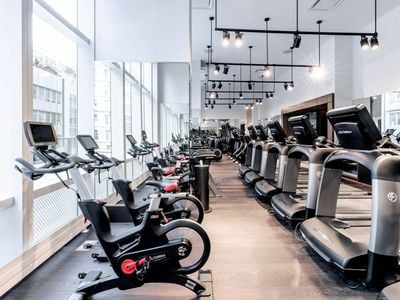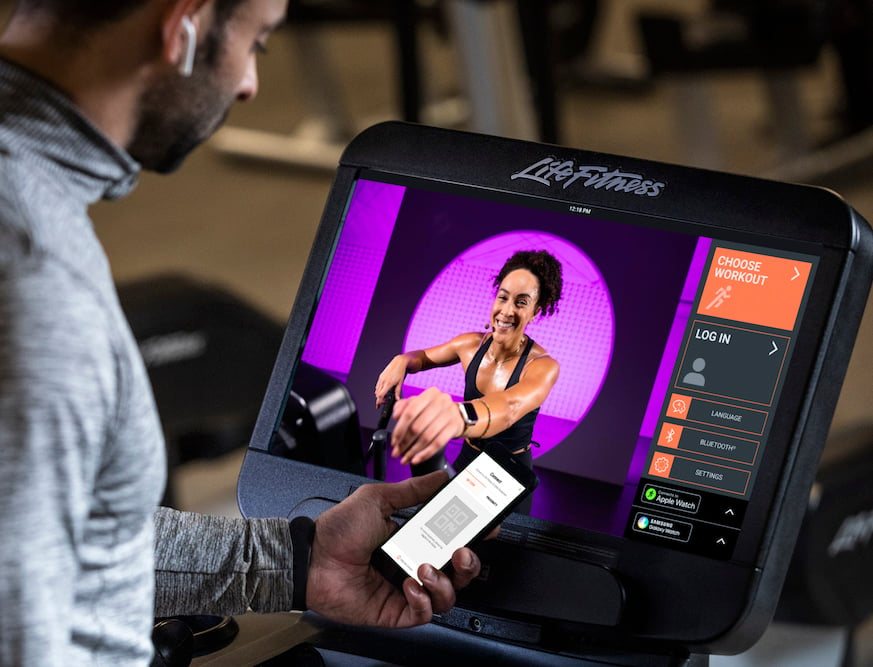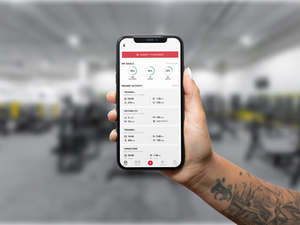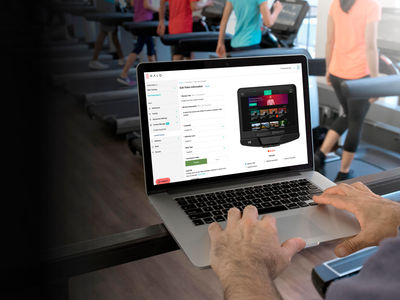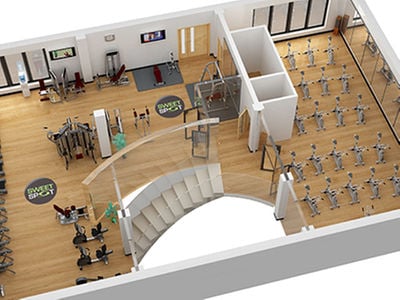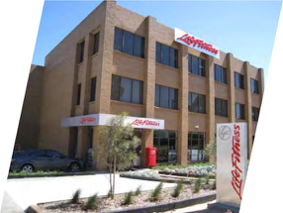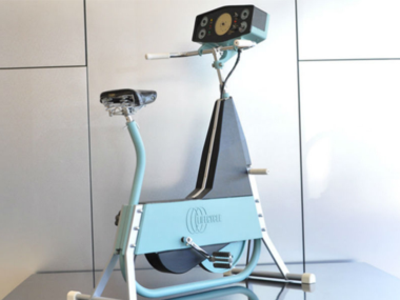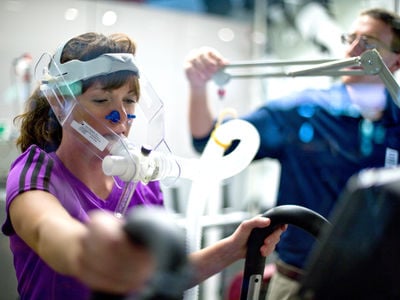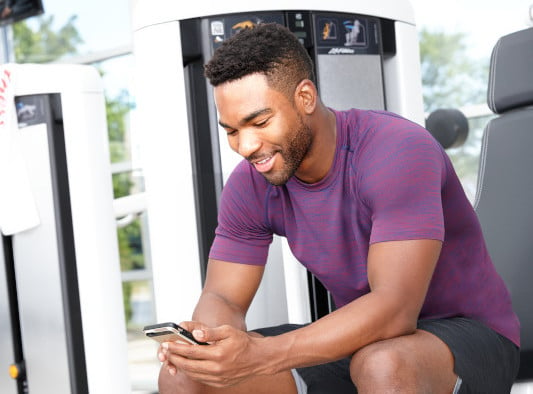Many consider the deadlift to be the ultimate test of a person’s physical strength. It’s one of the ‘big three’ compound movements (along with the squat and the bench press), but the one that focuses the most (but not exclusively) on the posterior chain.
By simply pulling a heavy weight off the ground and standing up with it, the deadlift movement recruits muscle activation from your neck down to your heels, working the hamstrings, glutes and quads, as well as the hips, lats, traps, not to mention your core and that all-important grip strength.
Rotating through a number of variations of the deadlift movement shifts the focus of the exercise to slightly different parts of the body, making this already dominant exercise an even better weapon in your training arsenal.
Taking some tips from PT Juliette Vagg, we offer up some variations on the movement, to mix up your workouts and shift the emphasis on differing areas of the body.
Regular Deadlift
Starting with the standard deadlift, it’s easy to overthink the movement. Breaking it down into too many different physiological components can wind up making what should be a straight-forward exercise confusing to execute. Simply stand behind the bar, feet underneath the bar and shoulder-width apart. Bend down and grip the bar outside your shins. A mixed grip is a good idea for preventing slippage in your grip — that is, having one palm facing forwards and the other facing backwards. Keep your back straight through the lift. Engage your core and simply stand up with the bar, driving up first through your heels, legs and then back, keeping the bar as close to your body as possible, through the shins, thighs and hips. Stand up straight with the bar, with your shoulders back, before bringing the bar back down in a similar fashion — straight down keeping the bar close to your body.
Romanian deadlifts (RDL)
The key difference with the Romanian Deadlift or RDL is there is less knee-bend throughout the movement and as a result, there should be more bend through the waist and hips, and a greater emphasis on the hamstrings, glutes and lower back. With your feet shoulder-width apart, bend down to the bar, this time using only a slight knee bend (some knee bend is still important). Again, grip the bar outside of your shins. Your hips will be further back in the starting position on the RDL because of the straighter leg form. As you lift the bar slowly, still keeping the bar close to the body, squeeze the hips forward as your stand up. Keep your back straight — avoid rounding your shoulders. The second phase of the exercise sees you lower the bar down towards the ground, keeping your back straight and maintaining only a slight knee bend through the movement. Keep the bar close to your body and again, bend at the waist, sending your hips back as your lower the bar. You should feel more stimulation through the hamstrings, glutes and lower back.
Sumo deadlifts
Studies have shown that the Sumo Deadlift minimises stress on the lumbar spine when compared to conventional lifting styles, making it a popular option. Due to the wide placement of the feet in the Sumo Deadlift, there is more focus on the inner thighs and quadriceps, as well as the glutes, hamstrings and lower back. It is executed by taking a wide stance and pointing your feet outwards to follow the line of your knees. How wide you stand depends on a number of factors, but go with what feels comfortable for you. In this position, bring your feet under the bar. Keeping your back straight, send your hips back and lower your arms down as you bend your knees, gripping the bar with hand placement inside your knees, not outside. Keeping your back straight, and driving with your legs, stand up with the bar. Because there is less bending at the hips, there is less stress on the lower back, but the importance of upper body stabilisation sees plenty of activation of the spinal erectors. The upper areas of the back (traps and rear delts) are recruited to maintain torso posture.
The deadlift is a key movement in any weight training program. Try these variations to shift the point of emphasis of the exercise and to keep your training interesting and engaging, and to keep you growing.

